We may receive a commission when you use our affiliate links. However, this does not impact our recommendations.
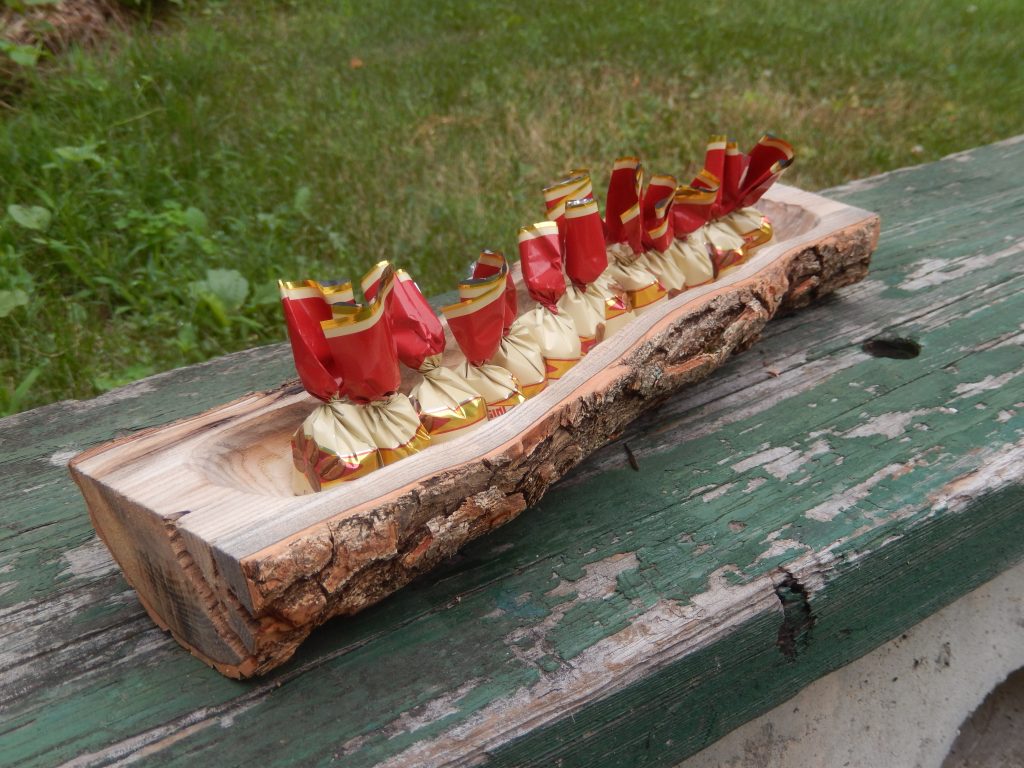
Read part one of the story here.
After most of the rough excavation was done (using an adze or a gouge – what ever works best for you) we need to clean out the vault and even out its surface. I held the hollowed branch in my Jawhorse Workbench and with some medium sweep gouges (#7 works great here) I cleaned out the inside. To clean the deepest parts of the bowl I used a #7 – 20mm bent gouge. If your bench has a tail vise you can clamp the branch blank for gouging in between the bench dogs. And if you like to use a sash clamp, hold the clamp in a vise and let the hull of the branch rest against the vise jaws. This last step of cleanup shaving with the gouges is best done with both hands on the gouge – no mallet necessary.
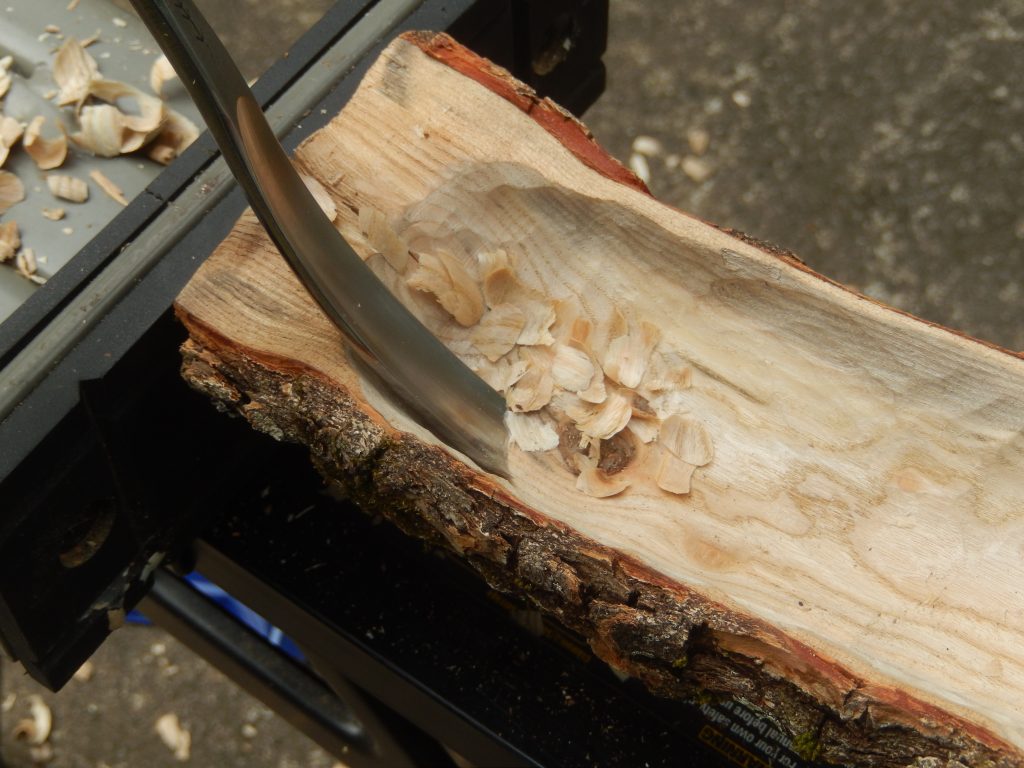
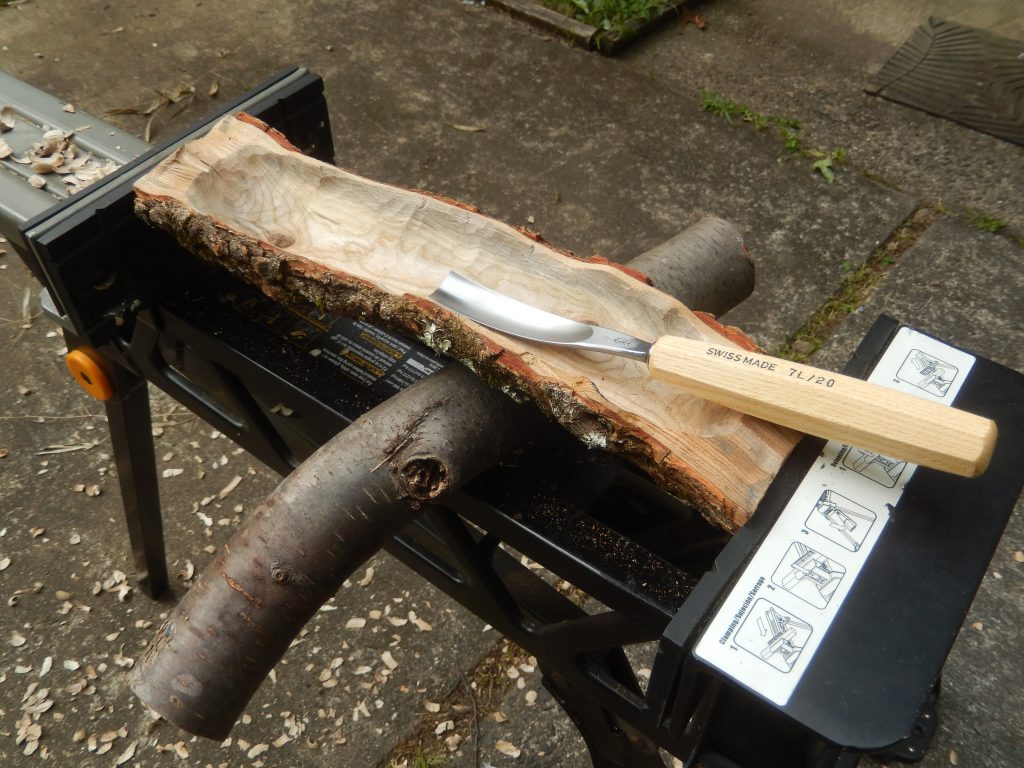
While the bowl’s vault is shaped with gouges, the rims are easily shaved with a carving knife, a rasp and a file, a spokeshave or a beveled down chisel.
Sanding and homogenizing the surface from the gouge marks.
I did not had to sand much, for two reasons. First, I keep my gouges sharp so even when I gouge across the grain, which is often a necessary practice in bowl carving, I hardly had any teared out surfaces. Secondly, because I actually like to see the scalloped marks, left by the gouge, I was careful not to sand the inside too much.
A few additional notes on the process of carving the branch bowl:
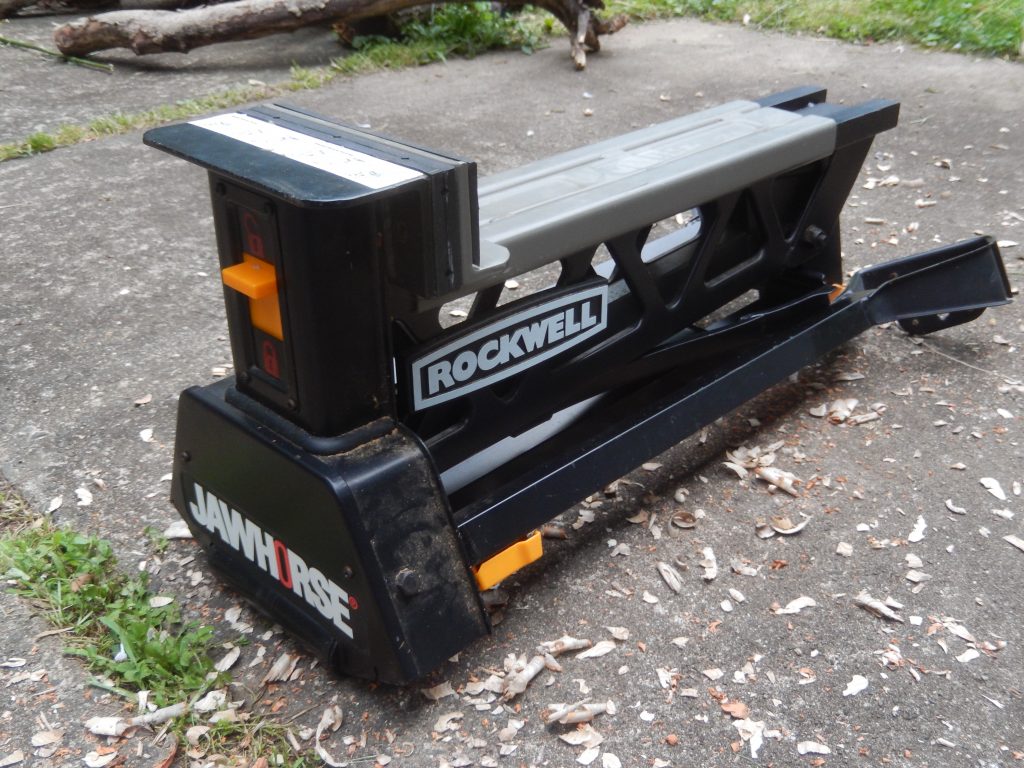
One of my best tool investments in recent years was the Rockwell’s Jawhorse Workbench. This collapsible worksite vise is extremely handy in all kind of woodworking, home maintenance, general carpentry, and wood carving jobs.
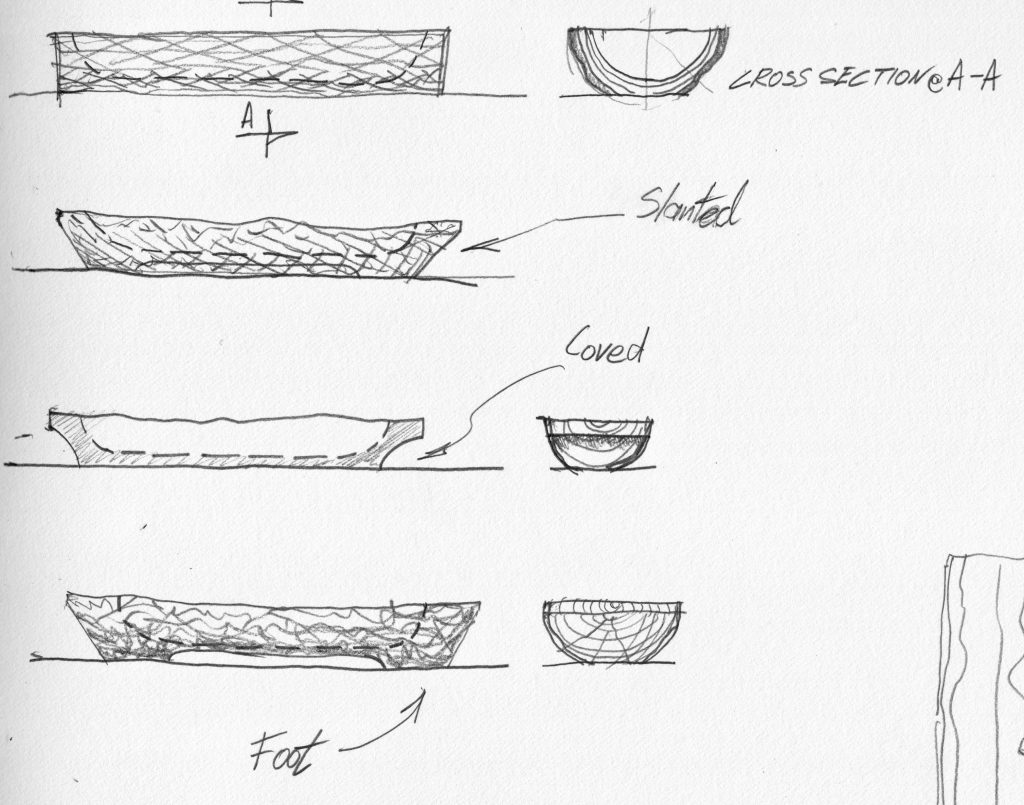
Here are some simple design variations for the branch bowl.

This bowl’s excavated hull follows the contour of branch’s rims, including in area where the branch broke off.
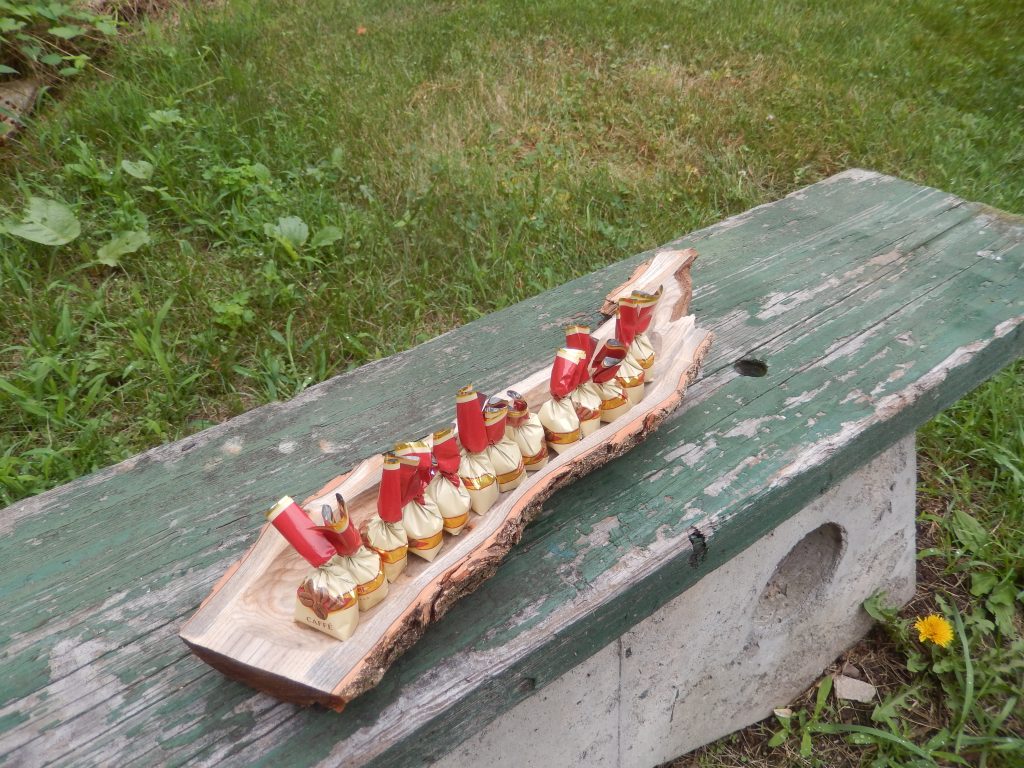
In conclusion, on the next time you may ask yourself if you have the time and energy to embark upon, and commit to a project, that would not end up to be too lengthy or elaborated, remember the branch bowl and consider to give it a try. A branch bowl is a fast track project that will improve your carving skills, will not take too long to complete and will look cool on every furniture it will stand on.
Here are some supplies and tools we find essential in our everyday work around the shop. We may receive a commission from sales referred by our links; however, we have carefully selected these products for their usefulness and quality.








